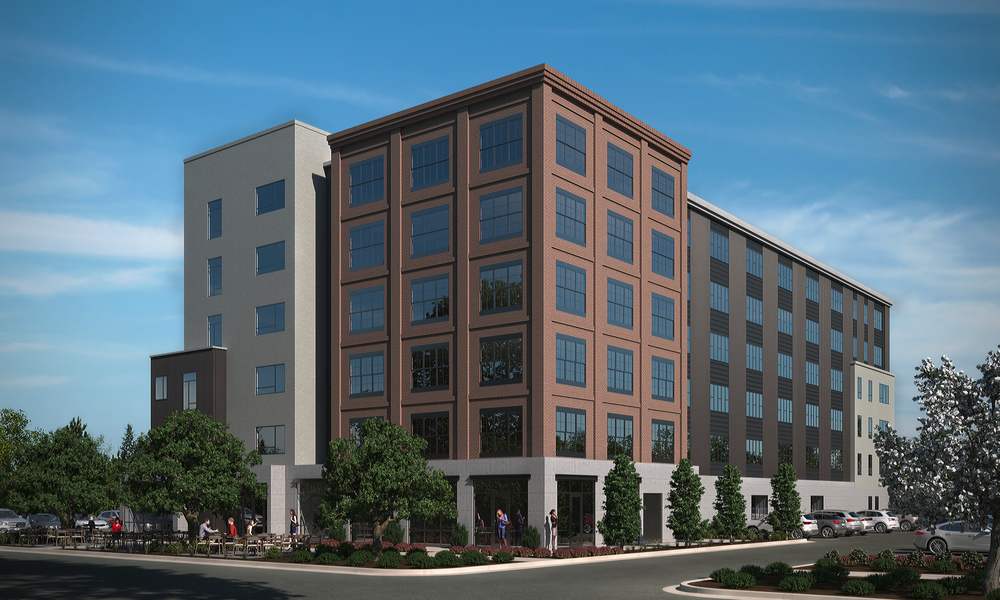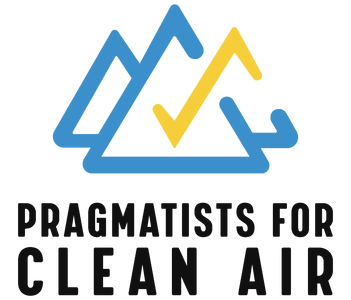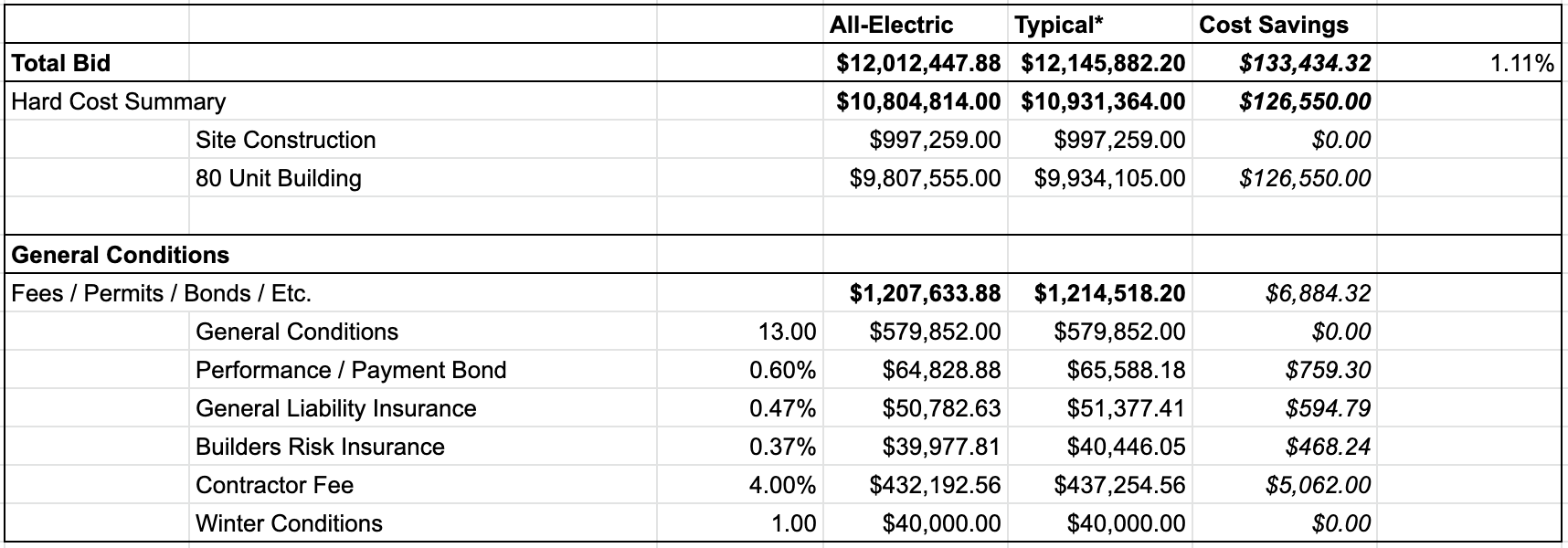Diamond Rail (v.4)
 Diamond Rail is Giv Group's fourth (v.4) all-electric multifamily design.
Diamond Rail is Giv Group's fourth (v.4) all-electric multifamily design.
Site: 535 West 300 North, Salt Lake City, UT 84116
Status: Ground broke February 2020
Units: 80 (Studio - Three Bedroom)
Affordability: 68% Affordable (25-50% AMI), 32% Market
HVAC System: Cold-weather mini-split
Water Heating: Centralized hybrid electric tank w/ unit meters
Project Savings (before rebates): $133,434.32 (1.1%), full comparison bid from complete plan sets
Team:
- Developer: Giv D
- Architect: Architecture Belgique
- Engineer: PVE, Inc.
- Builder: Wadman Corporation
Cost Comparison: All-electric vs. Typical
Summary
Key Variables

- Diamond Rail All-electric Bid: $12,012,447.88 [Plan Set]
- Diamond Rail Typical Bid: $12,145,882.20 (+$133,434.32 or 1.1%) [Plan Set]
- Rebates - in progress (estimated at $1,000/door or ≈$80,000, )
- Google Sheet: Diamond Rail Cost Comparison
Other Benefits
- No tenant Natural Gas Fee (tariff): $6.75/mo ($6,480/yr for the whole building)
- No square footage lost to furnace & water heater: ~12 sq ft/unit (~960 sq ft for Diamond Rail)
- No square footage lost to shafting: ~3 sq ft/unit (~240 sq ft for Diamond Rail)
Analysis
What was your methodology?
Diamond Rail is the fourth iteration (v.4) of Giv’s all-electric design. We went through our typical design process of developing a site to best meet neighborhood goals, site constraints,and our proforma. Initial designs and are then refined by Architecture Belgique prior to an initial bid from Wadman Corporation followed by design revisions. The final all-electric design is fully designed by Architecture Belgique and engineered by PVE, Inc. This plan set is submitted to the city for final design approval, bidding, and financing.
We diverged from our typical process by commissioning two additional plan sets to mimic building Diamond Rail the “typical” way. Instead of a zero-emission building, we would include the natural gas infrastructure, individual natural gas hot water heaters, and also assess furnaces and fan coil units.
Why?
We wanted the best and most up-to-date comparison. Building codes, rebates, and construction pricing vary. A side-by-side bid demonstrates that the initial cost for an all-electric multifamily building is slightly cheaper than typical construction.
This has been Giv's experience since Project Open I and we wanted to deliver a more complete and current comparison.
Beyond the first cost, are there other savings?
Yes! We estimate utility rebates at $1,000/door. The University of Utah also produced a study that projects a +30% in lifetime operational savings for all-electric multifamily buildings compared to typical construction. Specifically, building lifetime was 20-years and operational savings included operations and maintenance (O&M) expenses as well as repair and replacement (R&R).
What was the specific scope of this work?
- All associated Natural Gas infrastructure
- Connection fees and meters
- Variant 1: Natural Gas Furnace with AC
- Variant 2: Natural Gas Fan Coil Unit with AC
- Individual unit tank water heaters
Can I look at the plan sets?
Yep! Here are the links:
What are the key changes making Diamond Rail the fourth all-electric multifamily design iteration (v.4)?
There are dozens of small changes made between Project Open I, Project Open II, The Exchange, Pamela's Place, and Diamond Rail. Two of the biggest pain points/opportunities have been:
- Amperage per unit - specifically, the amount of copper and associated electric infrastructure needed per unit
- The amount of energy it takes to heat water
These are overlapping opportunities and our best answer (to date) is: Commercial Hybrid Electric Heat Pump Water Heaters
Every floor of Diamond rail will have a central utility room that contains hybrid electric heat pump water heaters. Hot water is distributed and sub-metered through a combination of water meters and wireless CTs to each unit. We are working with Vutiliti to simplify data collection and tenant billing.
Looking to the future, we're hoping to colocate battery systems with hybrid electric heat pump water heaters. The idea is that waste heat from the batteries will be utilized by the heat pumps.


